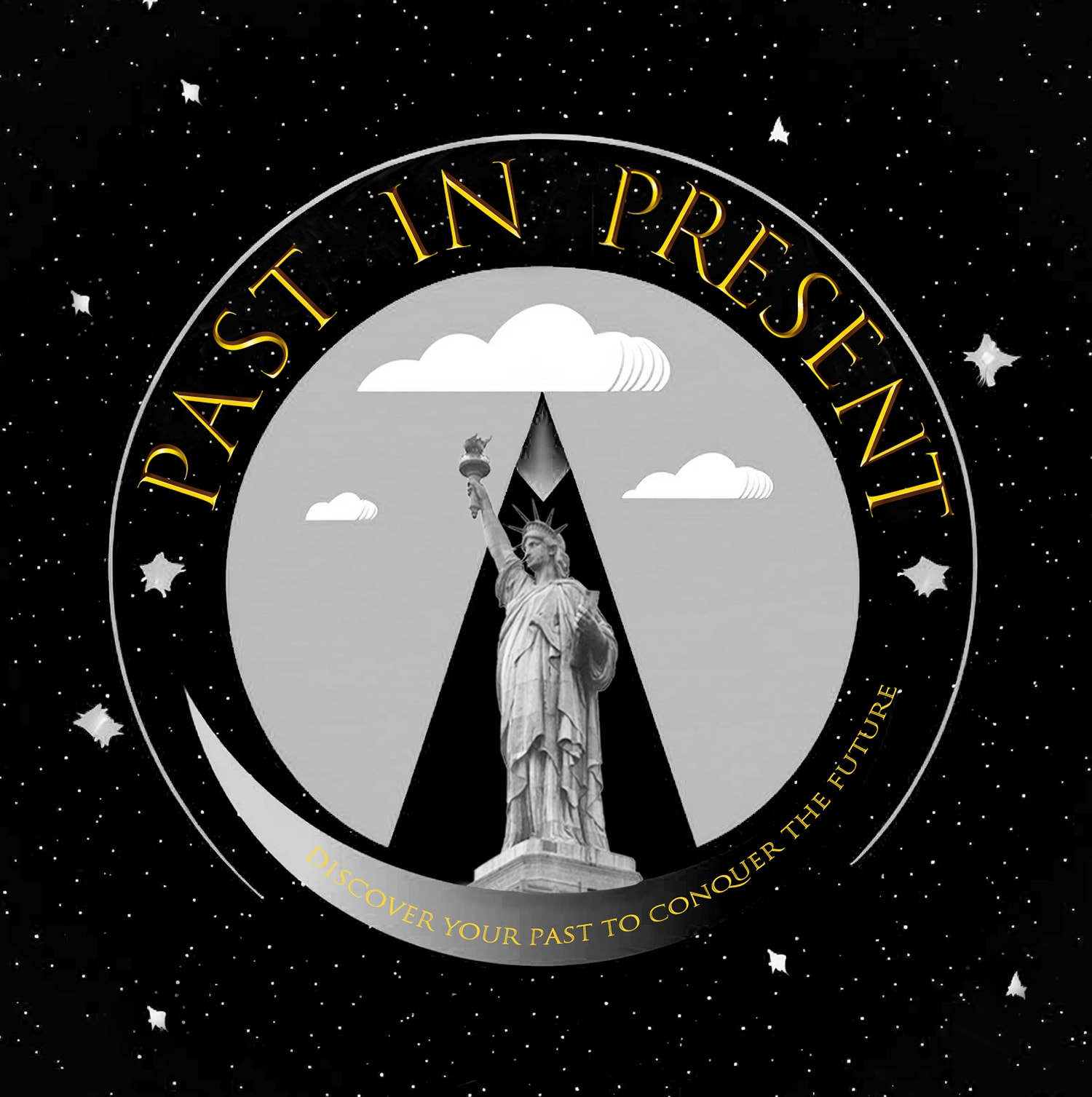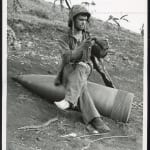 “At Ease” Using an unexploded 16 inch naval shell for a resting place, Marine Private First Class Raymond L. Hubert, shaken a three-day accumulation of sand from his boondocker Saipan Marianas 7.4.44
“At Ease” Using an unexploded 16 inch naval shell for a resting place, Marine Private First Class Raymond L. Hubert, shaken a three-day accumulation of sand from his boondocker Saipan Marianas 7.4.44
 “At Ease” Using an unexploded 16 inch naval shell for a resting place, Marine Private First Class Raymond L. Hubert, shaken a three-day accumulation of sand from his boondocker Saipan Marianas 7.4.44
“At Ease” Using an unexploded 16 inch naval shell for a resting place, Marine Private First Class Raymond L. Hubert, shaken a three-day accumulation of sand from his boondocker Saipan Marianas 7.4.44
 “At Ease” Using an unexploded 16 inch naval shell for a resting place, Marine Private First Class Raymond L. Hubert, shaken a three-day accumulation of sand from his boondocker Saipan Marianas 7.4.44
“At Ease” Using an unexploded 16 inch naval shell for a resting place, Marine Private First Class Raymond L. Hubert, shaken a three-day accumulation of sand from his boondocker Saipan Marianas 7.4.44
A. B. Knight
25.4 x 20.3 cm
Further images
Battle of Saipan
The Battle of Saipan was an amphibious assault launched by the United States against the Empire of Japan during the Pacific campaign of World War II between 15 June and 9 July 1944
The battle resulted in the American occupation of the island, putting the Japanese home islands within the range of United States Army Air Forces B-29 bombers and precipitating the resignation of Prime Minister of Japan Hideki Tōjō. It also triggered the Battle of the Philippine Sea, which effectively destroyed Japanese carrier-based AirPower.
Saipan was the first objective in Operation Forager, the campaign to occupy the Mariana Islands that got underway at the same time the Allies were invading France in Operation Overlord. After a two-day naval bombardment, the U.S. 2nd Marine Division, 4th Marine Division, and the Army's 27th Infantry Division, commanded by Lieutenant General Holland Smith landed on the island and defeated the 43rd Infantry Division of the Imperial Japanese Army, commanded by Lieutenant General Yoshitsugu Saitō. Organized resistance ended when at least 3,000 Japanese soldiers died in a final gyokusai attack, and afterward about 1,000 civilians committed suicide.
The capture of Saipan pierced the Japanese inner defense perimeter and left Japan vulnerable to strategic bombing. It forced the Japanese government to inform its citizens for the first time that the war was not going well. The battle claimed more than 46,000 military casualties and at least 8,000 civilian deaths. The high percentage of casualties suffered during the battle influenced American planning for future assaults, including the projected invasion of Japan.







